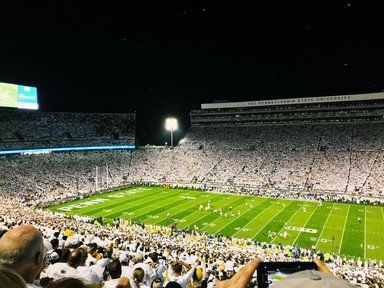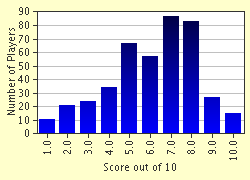Quiz Answer Key and Fun Facts
1. What happened in 1973, making it easier than ever before for NFL fans to watch all of their hometown team's games?
2. A friend invites you over to watch a tape of a game (from which year, he's not sure) featuring the Electric Company squaring off against the 'No Name Defense'. You want to politely decline. Which of the reasons below could you accurately use?
3. How did Clint Longley make a name for himself in a 1970s NFL game?
4. We were one of the most fearsome teams in the league in the early 1970s, and the core of our team made four Super Bowl trips. But for a few years, we put a real emphasis on the "professional" part of football. We had a dentist playing quarterback. We had a future lawyer and state Supreme Court justice on our defensive line. Maybe if we had a good CPA or two playing linebacker, we might have actually won one of those four Super Bowls we were in. Which team are we?
5. Which player below was not part of a group that Pittsburgh Steelers coach Chuck Noll referred to as a "criminal element"?
6. Dallas Cowboy coach Tom Landry, a master offensive strategist and leading innovator in NFL history, helped his 1971 team turn their season around and go on to win the Super Bowl, when he dropped one of his more dubious innovations at midseason. Which innovation did he drop?
7. Quarterback Bobby Douglass completed 43% of his passes during his career, threw 36 touchdown passes, and had 64 interceptions. So why is he still remembered by many NFL fans?
8. What was the historic significance of the 35-35 tie game played by the Pittsburgh Steelers and Denver Broncos on September 22, 1974?
9. Which future Hall of Fame running back became the first rookie to lead the NFL in rushing since Jim Brown had done it in 1957, as he slammed through defenses like a well-oiled piece of construction equipment?
10. John Madden won 75% of his games coaching the Oakland Raiders, a winning percentage higher than that of any other 20th century NFL coach. Which are the only NFL teams that managed to win more than half their games against Madden's Raiders?
Source: Author
d2407
This quiz was reviewed by FunTrivia editor
Nightmare before going online.
Any errors found in FunTrivia content are routinely corrected through our feedback system.

